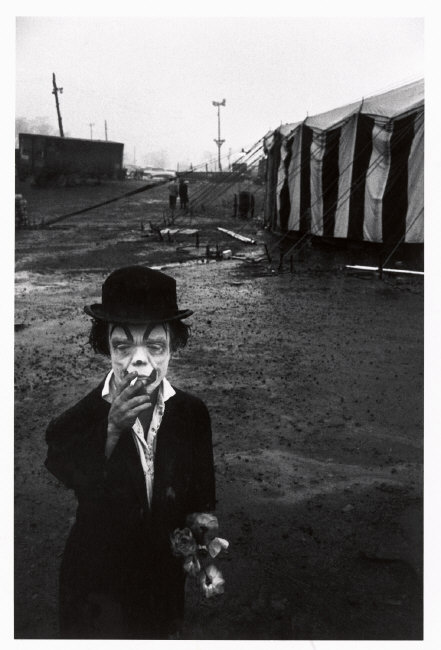airfrogusmc
Veteran
maybe the exoticism was gone from urban photography after atget, and yeah everyone's seen a camera and knows how to hold their facial muscles to look like hollywood, but humans are pretty fascinating and they leave themselves open to observation. it's not like no one's ever seen a picture, and i don't know that HCB's puddle leaper would have the effect today that it did back at the dawn of time, but visual imagery is very powerful. i don't know that photos are quite like radio, but your point is well taken. we would do well to remember that at one point, RCA and Zenith were high-tech companies and that hermes still makes buggy whips (though they likely are used primarily in non-buggy related applications 😱 ).
i'm always curious about the effect of cars. i grew up in a walking city - new york - and i live in a driving city - austin - and i'm quite conscious of the difference. public life still exists here, but it's not schoolgirls walking down narrow alleys to night markets. people have to be more intentional about how they congregate. that intentionality lends itself to observation. i'm often disappointed (from a photographic standpoint) in meandering around austin. i find i have to be a lot more intentional about my own activities. in new york, on the other hand, or in london or paris or hong kong, photographic subjects appear serendipitously (to me at least) a lot more frequently. still, i think there's a fairly deeply democratic pool of activity in my car-based environment.
otherness, voyeurism, narrative tension all exist in the city of austin, but i find that austin's public life is a lot more shopping/touristy/quotidian stuff than that of a city like new york. i have found a high level of exoticism in the otherness of india when i've been there, but it's not clear that i know what to look for or where to look for it in mumbai, even if i do know that there is a lot to look for. i have a pretty good idea about where to look in places i'm more familiar with. and for me, that helps me as a photographer. the world is indeed a smaller place and a less romantic one than it was 100 years ago, but i think there's still plenty of stuff worth shooting.
One thing that is very new in the past decade and is hard to avoid (if one would indeed want to) is the cell phones and texting.
The reason I think HCBs jumper would still be just as strong today is the use of visual language. I have been to a lot of his exhibits over the years and have seen this image time and time again and it seem to always surprise me. All the repeating shapes in it. The poster in the background and the mirror image in the water and the shape that the jumpers legs make and the image in the water form an arrow head with the shaft being the board. And the fact if you look in most of his work you see repeating shapes or leading lines triangular compositions and many other visual elements that make his work so strong. Some of those elements are in most of his work and in some cases all of those elements are in the image.
The work of Robert Frank is much different from HCBs but his better work still has those visual elements and is also a mirror to our society as it was in the mid to late 1950s.
Now in this new age there are many issues a good street photographer can address but what will remain in all the better work is the strong use of the language we all try and use to communicate ideas. How fluent we are will show in how complex those elements are in our work. We are all a product of everything we have lived and learned. Those lessons will be in our work no matter how deep or shallow that may be. Minor White said that"all photographs are self portraits" and DeCarava said that 'when you see my work you see me and when you see me you see my work".


